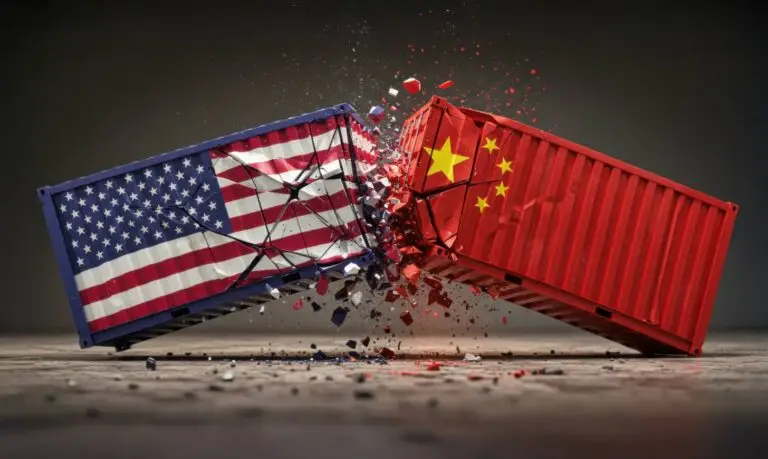GENEVA — In a rare moment of consensus between economic titans, the United States and China have agreed to a temporary cooling-off period in their ongoing trade dispute, opting to lower key tariffs and reengage in structured dialogue over the next 90 days.
After weeks of stalled communication and market anxiety, senior officials from both countries met behind closed doors in Geneva this weekend, resulting in a deal that will see a reduction in tariffs and a renewed effort to reshape trade relations through diplomacy rather than escalation.
U.S. Treasury Secretary Scott Bessent, who co-chaired the meeting, described the tone of the negotiations as “measured and constructive,” noting that the agreement was not a final resolution but a “strategic pause.”
“This gives both sides breathing room,” Bessent said during a press briefing Monday. “We’re not declaring victory, but we are recommitting to a process.”
Immediate Tariff Cuts
As part of the agreement, the United States will scale back tariffs on Chinese imports from levels as high as 145% to 30%, while China will reduce its countermeasures to 10%. Both sides have committed to enacting these changes within 72 hours.
The move is expected to relieve pressure on global markets, which have been volatile amid uncertainty over supply chains, trade routes, and rising consumer prices. Stocks surged in response to the announcement, signaling investor optimism that a larger breakthrough may follow.
A Different Tone from Washington
President Trump, who initiated the latest round of tariff hikes, characterized the shift as “a pivot, not a retreat,” indicating that the administration remains wary of China’s industrial policies but is willing to “see what negotiation can deliver.”
His comments come as Washington seeks broader alignment with its allies on trade terms involving China, including discussions around technology transfers, market access, and intellectual property enforcement.
China Responds Cautiously
Beijing responded positively, though cautiously, calling the discussions “a necessary reset in bilateral cooperation.” The Chinese Ministry of Commerce emphasized the need for regular communication and mutual respect moving forward.
“This decision reflects a shared responsibility to global stability,” the ministry said in a statement.
While China did not frame the outcome as a win, state media noted that the rollback of tariffs comes without major public concessions, a point seen as strengthening Beijing’s negotiating position.
Opioid Concerns and Non-Tariff Issues
A notable exception in the rollback is a special U.S. levy tied to concerns over fentanyl-related exports. While left untouched for now, officials from both countries have agreed to open a separate dialogue on public health and chemical trade regulation.
Meanwhile, both nations acknowledged that non-tariff barriers, particularly in areas like finance and data services, will require deeper engagement and likely third-party mediation.
What Comes Next
The agreement includes the formation of a bilateral task force to lead ongoing discussions and avoid further trade shocks. Meetings are expected to alternate between the U.S., China, and neutral venues.
Despite the momentum, economists warn that the temporary nature of the deal leaves plenty of room for backsliding.
“This is not a resolution — it’s a timeout,” said Karen Liu, trade analyst at Montrose Global. “But that may be just what global markets need right now.”
The outcome, while short of a comprehensive pact, is being interpreted as a sign that economic diplomacy is not dead — and that even in an era of strategic rivalry, the world’s two largest economies are capable of taking a step back from the brink.






